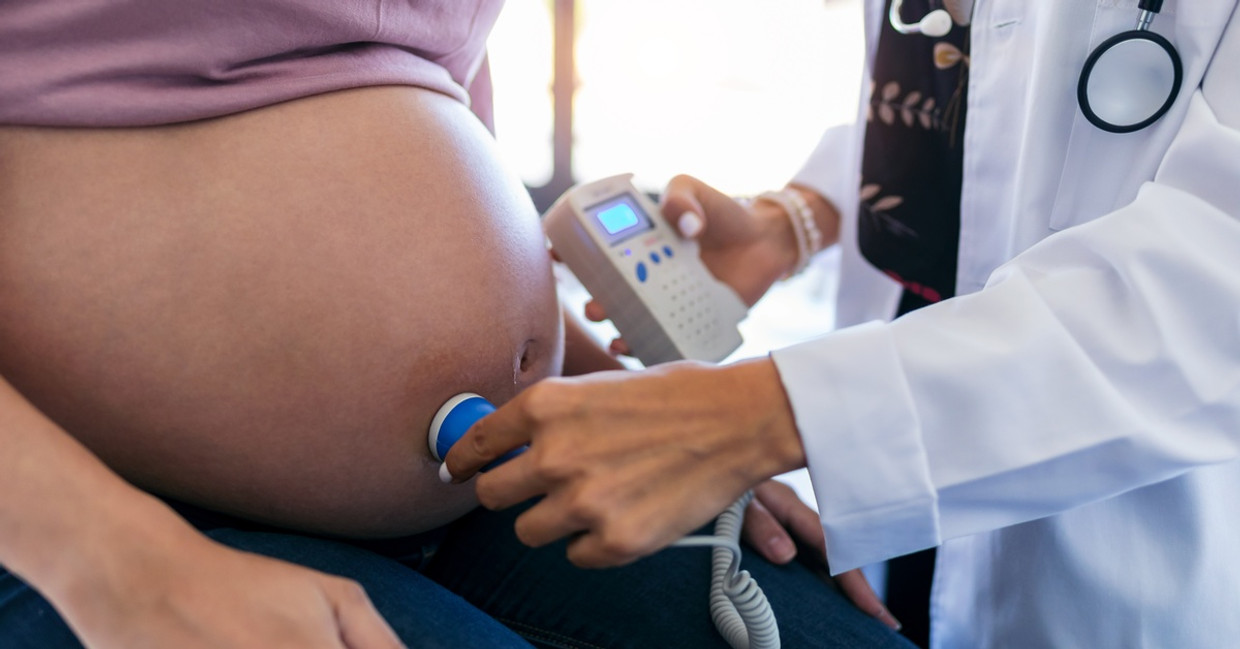Best Practices for Cleaning Obstetric Dopplers
Proper maintenance of your obstetric Doppler is fundamental to patient safety and device longevity. Effective cleaning practices ensure that each examination is hygienic for medical professionals and healthcare providers, reassuring your patients and maintaining your clinic’s standards. This guide covers the best practices for cleaning obstetric Dopplers, helping you keep your equipment in prime condition.
Why Cleaning Your Obstetric Doppler Is Important
Every Doppler exam requires close contact with patients, often through exposed skin and coupling gel. Dopplers can harbor residual gel, skin oils, and potentially harmful microorganisms without regular and proper cleaning. Consistent cleaning supports infection control protocols and helps maintain device integrity, ensuring accurate fetal heart rate readings at every visit.
A clean Doppler reduces the risk of cross-contamination between patients. It signals professionalism and care for patients and staff. Regularly maintaining the device extends its life and can prevent technical malfunctions caused by residue or fluid infiltration.
Recommended Cleaning Supplies
Using appropriate cleaning agents safeguards the device and your patients. Stick to supplies that are designed for medical environments and compatible with electronic devices. Most manufacturers recommend:
- Hospital-grade disinfectant wipes that are free from alcohol, bleach, or ammonia
- Mild soap and water for basic cleaning of surfaces
- Soft, lint-free cloths to avoid abrasion
Always refer to the Doppler’s manual before introducing any new cleaning agent, as certain chemicals may damage plastic casings or sensitive probe components. Avoid submerging Doppler units or probes in liquids, as excess moisture can cause internal damage.
Step-by-Step Cleaning Guide
Cleaning your obstetric Doppler is a simple process, but it requires careful attention to detail to ensure proper maintenance. Taking the time to clean it thoroughly helps maintain its functionality and hygiene.
Power Off and Unplug
Switch off your Doppler and unplug it from its power source. Remove batteries if necessary to ensure complete safety.
Remove Gel Residue
Wipe the probe and any gel-covered surfaces with a soft, damp cloth. Promptly removing gel after use prevents build-up.
Disinfect Surfaces
Use a pre-approved disinfectant wipe or cloth dampened with approved solution. Carefully wipe the probe, handle, display, and cable. Take care around seams or connectors, avoiding excess moisture that could seep inside.
Dry Thoroughly
Allow all Doppler components to air dry or gently pat them with a clean, dry, lint-free cloth. Ensure no cleaning solution remains pooled near the probe or buttons.
Inspect for Wear
Examine cord connections, probe casing, and buttons to identify cracks or buildup. Address issues immediately to sustain performance.
Enhance Your Practice With Cascade Health Care
Learning how to clean your obstetric Doppler is just one step toward providing safe, reliable prenatal care. These best practices minimize infection risks, prolong your device’s life, and foster patient trust. A well-maintained Doppler proves its value with each clear, reliable reading.
Explore Cascade Health Care’s selection of high-quality obstetric Dopplers, designed for easy cleaning and trusted by healthcare professionals nationwide. Upgrade your clinic’s equipment to match the standards you set for your patient care.
Recent Posts
-
Exploring Recent Innovations in Doppler Signal Processing
Doppler technology has become an essential diagnostic tool in modern medicine, enabling healthcare p
-
Exploring Recent Innovations in Doppler Signal Processing
Doppler technology has become an essential diagnostic tool in modern medicine, enabling healthcare p


